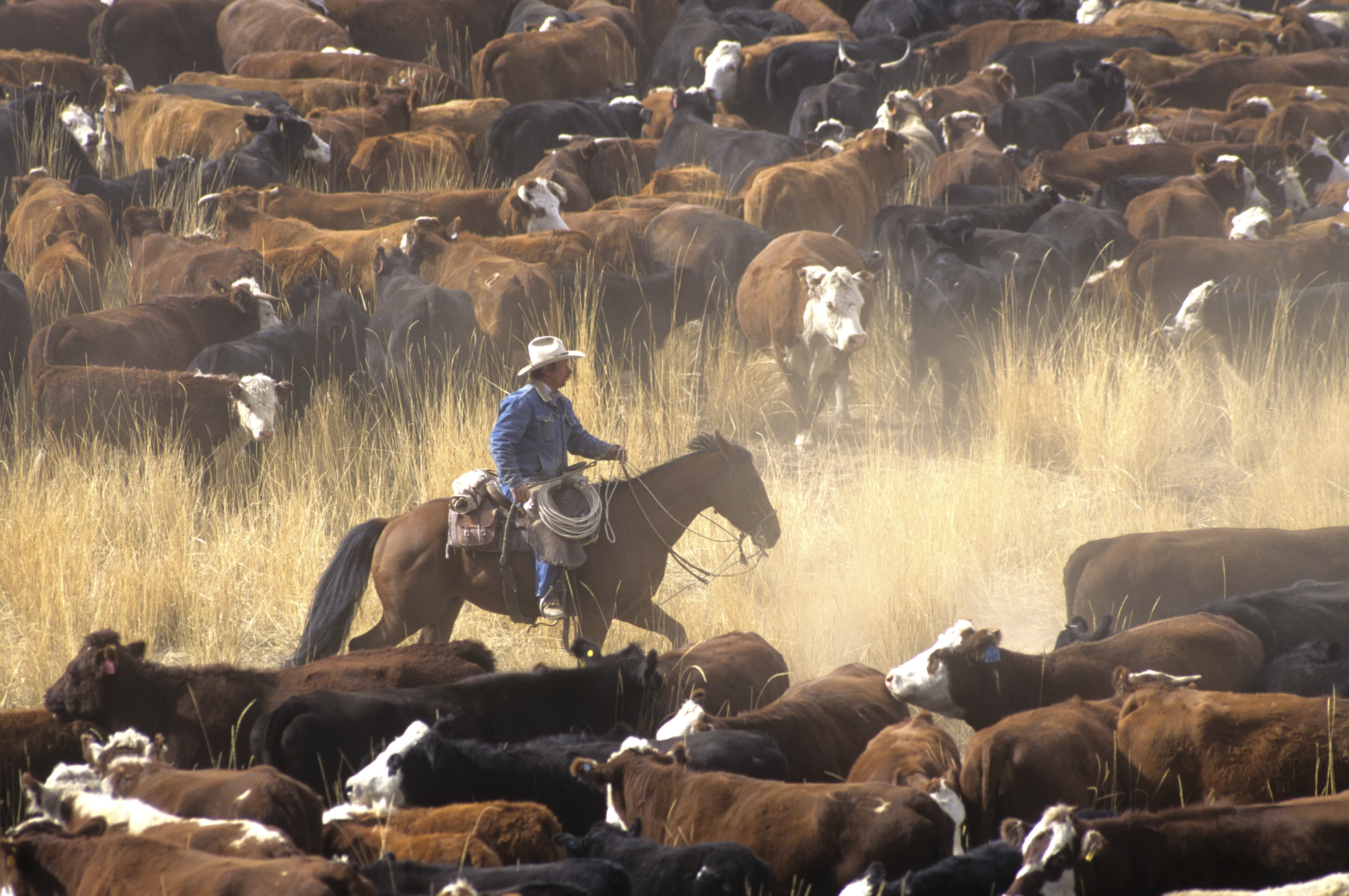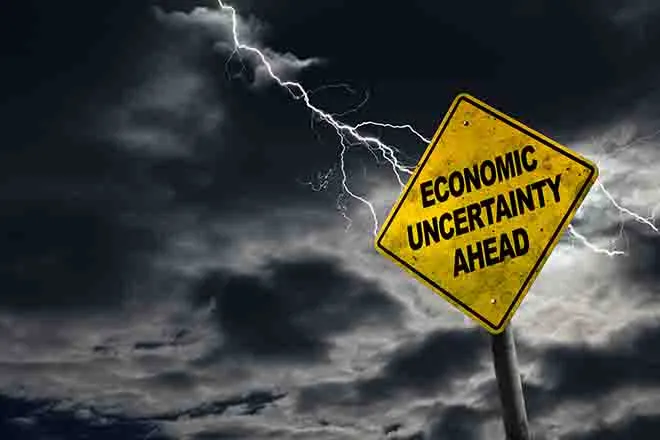
Opinion: Public lands conservation can promote rural resilience
(Colorado Newsline) Public lands conservation, like a new National Monument for the Dolores Canyons of Mesa and Montrose counties, can help promote regional prosperity if done in a way that complements and supports area businesses and that respects local culture and history.
Centering conservation as a strategy for greater rural resilience has the benefit of securing the health of the natural environment, which is not just a place set apart. These lands provide vital ecosystem services that make our economy and lives here possible. Moreover, these are likely to become even more important — and valuable — as we face unprecedented environmental changes from a cascading climate crisis, persistent drought, and the loss of biodiversity.
Centering conservation can also directly benefit a more diverse and stable local economy and position rural places to prosper in the future. When, just over a decade ago, two of three North Fork Valley coal mines closed within a couple of years of each other, many feared it would crater the economy. After all, the region was no stranger to the boom-bust cycles that had plagued it and other mining towns. In previous busts when global industry beyond any thought of local concern shifted investments, mines closed and businesses shuttered.
But this time was different. Over the couple of decades since a previous downturn, enough of a community-rooted economy was now in place to help buffer losses. And protected public lands, from National Park to Bureau of Land Management and National Forest wilderness and conservation areas, have been important to securing this additional economic durability. Now people who might have otherwise passed through will stay the night or eat in a restaurant that buys from local farms. They might add a raft trip, or consider returning for a hunting trip or wedding, hiring a local guide or caterer.
This activity has not replaced our farms and ranches. But it does complement them. Our valley is still rural and remote. This time of year the pastures are green, calves are in the field, goats are kidding, and orchards are in bloom. Soon the cattle drive will run up the highway. The dark skies here are amazing and the backcountry is exceptional. Designating public lands with additional protections has neither spurred development nor closed down activity on them.
Transitions are not easy or entirely smooth. But conservation has been part of our approach here to hold our economy in place. This has put more control — not less — in community hands. We are not unaffected by external forces, but unlike when a global industry was calling the shots, now we are less dependent on multinationals serving faraway markets to please C-suite executives. We have built foundations for, and are still strengthening, a local, more circular economy. Conservation lands have been key to those foundations and to that work.
Transitions are not easy or entirely smooth. But conservation has been part of our approach here to hold our economy in place. This has put more control — not less — in community hands.
Rural resilience does depend on environmental sustainability. It is vital, and now as urgent as it has ever been, that we boost climate adaptations, preserve habitat and biodiversity, and strengthen watershed health. But rural resilience also depends on economic security. A successful transition needs investment — in infrastructure, in community and emergency services, in housing, and in professional and workforce support.
With a new monument, a landscape-level plan can be crafted, not a patchwork approach to public lands divided across agencies and jurisdictions. A comprehensive plan and the funding to back it up can enhance system and community resilience through boosting conservation, and can strengthen a locally-rooted, recirculating economy too.
Transitions are challenging. But the boom and bust cycles have not only brought jobs. They have also brought economic difficulty and environmental harm. Extractive economies also strip wealth along with minerals from a community, which is one reason these places often lag their counterparts over time — in Appalachia, in the North Fork, and in the West End. And whether it’s massive plumes of leaking methane from abandoned coal mines in Delta County or radioactive tailings from decades of milling in Mesa, this cycle leaves impacts, and costs, that linger long after the resources and profit have been removed.
The opportunity to shift this cycle is the counterpart to these challenges. Conservation is a necessary strategy if we want to secure a more resilient ecological future. And it can be a tool for securing a more resilient economy, too. It has helped our efforts to do this work in the North Fork Valley, and it is worth considering as part of a strategy to support the long-term environmental and economic resilience for the West End as well.
Colorado Newsline is part of States Newsroom, a nonprofit news network supported by grants and a coalition of donors as a 501c(3) public charity. Colorado Newsline maintains editorial independence. Contact Editor Quentin Young for questions: info@coloradonewsline.com. Follow Colorado Newsline on Facebook and Twitter.















